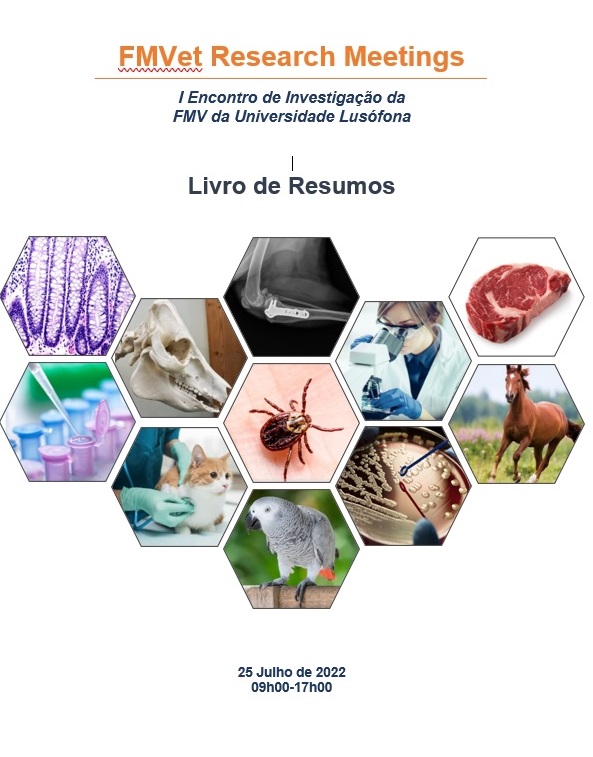Canine intestinal organoid as a model for inflammatory bowel disease
Resumo
Inflammatory bowel disease (IBD) is a chronic inflammatory disease that affects dogs as well and similarly to what happens in humans, pathogenesis remains unknown. Organoids are tiny, self-organized three-dimensional tissue cultures that are derived from adult stem cells or pluripotent stem cells. Today, researchers are able to produce organoids that resemble various organs, including the intestines, mimicking development or organ regeneration in vitro. In the past few years, novel methods for long-term culture of isolated human and non-human intestinal crypts or intestinal stem cells have been presented. When in culture using a three-dimensional extracellular matrix and specific factors (maintenance or differentiation), these cells can develop into enteroids or colonoids. Long-term growth of intestinal organotypic cultures was made possible through the identification of conditions that mimic the intestinal stem cell niche. Despite the great utility as models for human diseases, in the veterinary medicine field only recently some intestinal organoids models were published using dogs, cats and farm animals. The use of new technologies, such as organoid technology, can improve the actual knowledgment regarding IBD in dogs and humans, and can improve the response to new therapies and outcome of these patients. Based on current human, murine and canine data and preliminary findings, we hypothesize that canine intestinal organoids faithfully recapitulate the structure and function of the intestinal segment they represent and that constitute an ideal model for IBD in dogs.
Keywords: 3D cell culture, Dogs, Regenerative medicine.


